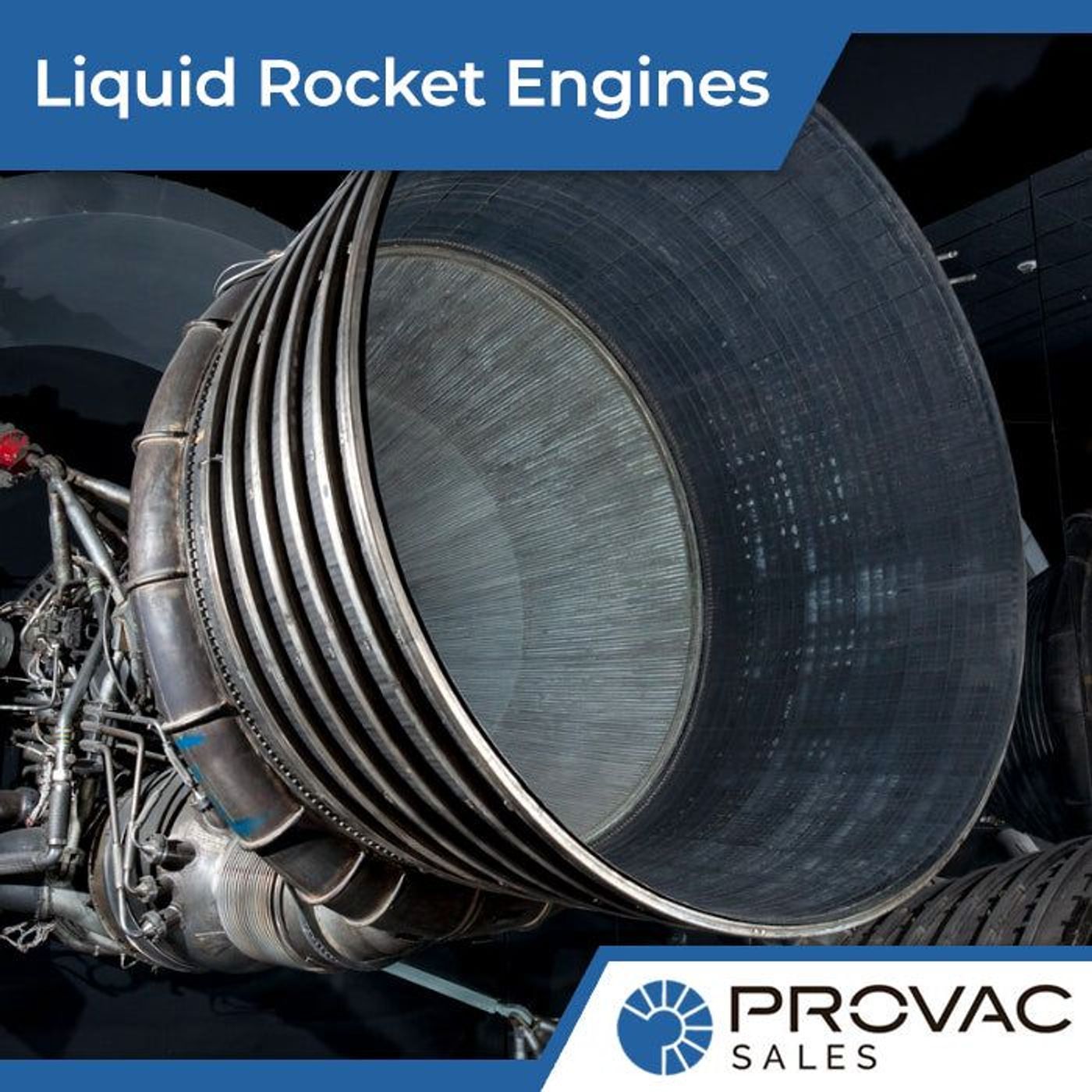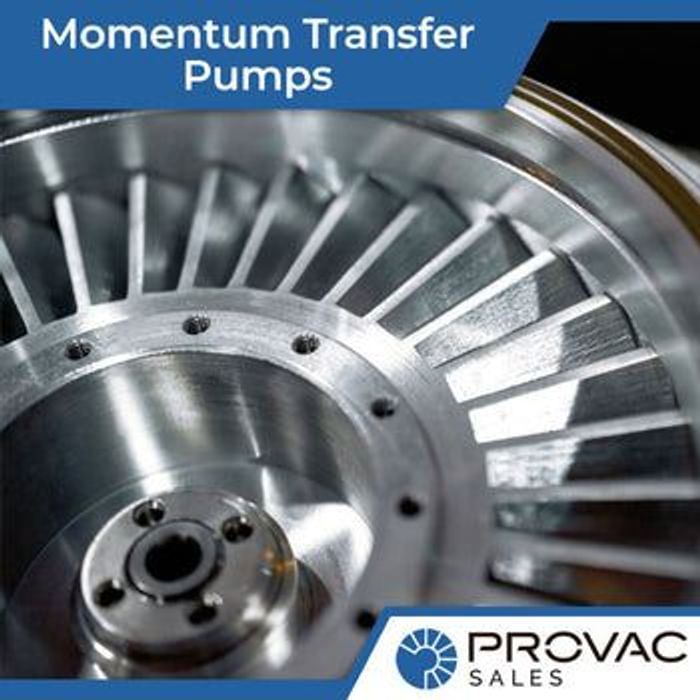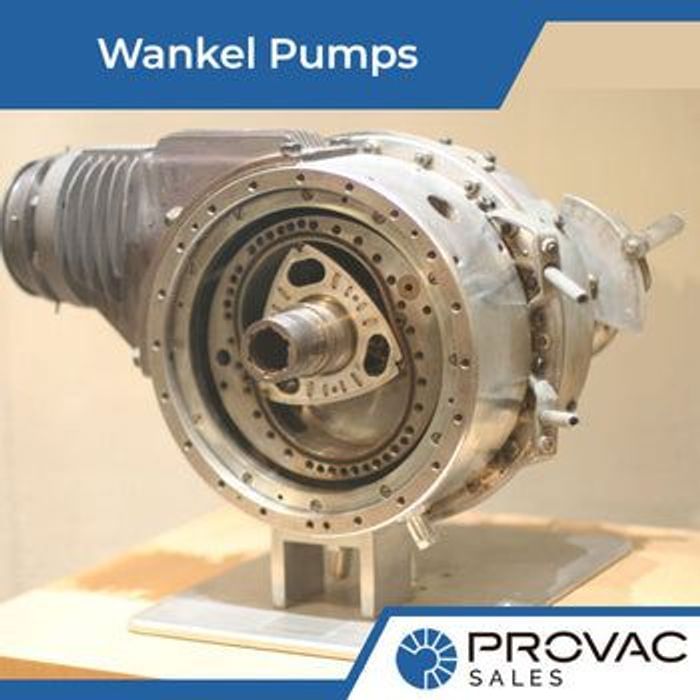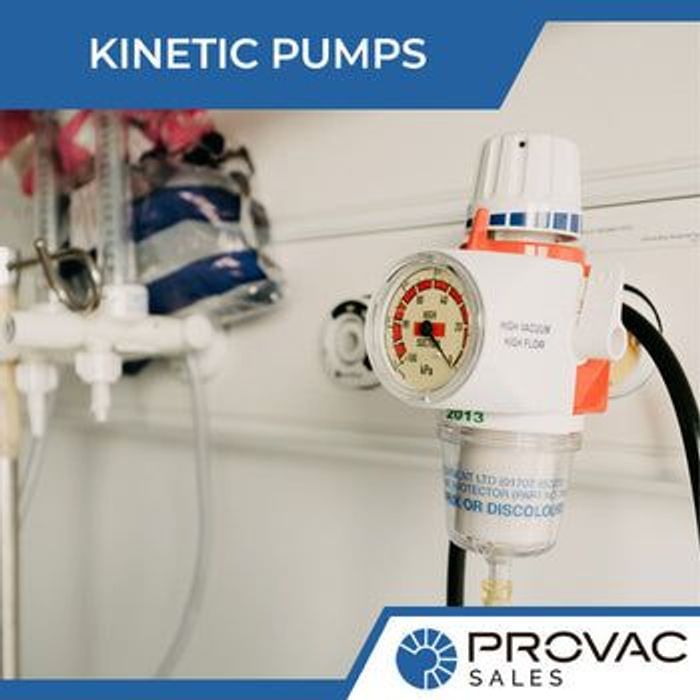A rocket engine turbopump receives liquid propellants from vehicle tanks at relatively low pressure and supplies the same to its combustion chamber at a specific injection pressure and flow rate. The high-pressure gases involved in this chamber expand to power the turbine of the turbopump. This helps the propellants mix properly and facilitate pumping.
Mechanism of Turbopumps for Liquid Rocket Engines
The turbopump for liquid rocket engines includes a rotating machine. This machine isn’t the same as the ones you see in turbo-fans, turbo-props, or turbo-jets. The turbopump contains cryogenic liquids that the high-pressure gases drive at high temperatures. This causes significant differences in temperature between the turbine and the pump. In a liquid rocket engine, the pump avoids any type of cavitation while pumping, thus allowing high-density fluids to come inside at low inlet pressures.
As soon as the high-density fluids start flowing in, the pump delivers them to its thrust chamber at excessively high pressure. Usually, fuel-rich combustion products drive the turbine at heat capacity levels that is 10-times than what a regular turbojet offers. The turbopump comes optimized for weight and performance so that it can facilitate its engine's functions efficiently. The bearings in the engine work optimally as soon as the propellants start bumping on to each other. The presence of dynamic and static seals also contributes to the mixing of propellants in the turbopump, which prevents the engine from malfunctioning.
The configuration of the turbopump depends on the engine requirements and engine cycle for appropriate pressure and flow. Different liquid rocket engines may have different rotating machines. This means the turbopump also has to adjust according to the changing conditions of the engine.
Essential Parts of Liquid Rocket Engines
There are two ways in which liquid rocket engines work: either with pump feeding or with pressure feeding. The variant you choose depends on the purpose for which you are using the engine. For example, if you work on a project that requires low payload and low velocity, the turbopump will feed propellants into the thrust chamber by pressurizing its vehicle tanks.
On the other hand, if you work on a project that requires high velocity consistently, the turbopump will have to increase the chamber's pressure to raise its thrust from the propellant to ensure that the thrust-to-weight ratio remains in control. The function of the turbopump is very crucial here. It minimizes the vehicle tank's weight by absorbing the pressure from the chamber's thrust.
Moreover, the type of engine cycle also influences the configuration and requirements of the turbopump. Usually, there are three types of engine cycles that determine the configuration of the turbopump in liquid rocket engines: the staged combustion cycle, the expander cycle, and the gas generator cycle. Here, the engine cycle means the source of energy required to drive its turbine. Let's take a closer look at these configurations to understand the importance of the turbopumps.
Gas Generator Cycle
In this type of engine, the thrust chamber is in a parallel line with the turbine flow. It doesn’t contribute to developing a thrust; it requires significant amounts of propellant to drive its turbine. In fact, the propellant also removes combustions in the gas generator, atmospheric pressure in the turbine, and high-pressure gases from the pump's discharge chamber. The turbopump, in this case, establishes a connection between the combustion chamber injection pressure and the turbine. This type of setting allows the pump flow rate to match the turbine's discharging chamber, thus increasing its operating temperature significantly.
Staged Combustion Cycle
In this type of engine, the thrust chamber is in series with the turbine flow. Most of the propellants and fuel flow into the oxidizing chamber to fulfill the turbine's required pressure. The propellant expands through the turbine and moves to the combustion chamber to offer significant injection pressure into the turbopump.
This cycle maximizes the impulse of the engine and the pump simultaneously. That is why most liquid rocket engines contain this type of setup. The turbine power drives the pump and also allows the inlet pressure to discharge its fuel. This allows the turbopump to attain maximum efficiency. The pump discharge and turbine temperature act according to the condition of the engine, thus maximizing the pump's discharging abilities.
Expander Cycle
In this type of engine, the thrust chamber also holds a series position with the turbine flow. However, the turbine can only work according to the energy available. This means the engine depends entirely on the fuel and pressure that flows into the combustion chamber. The expander cycle can also maximize the propellant's function by discharging an appropriate thrust. Although this type of engine tries to imitate the functions of a staged combustion cycle, it falls short on various aspects, especially when it comes to balancing the temperature and pressure.
Vacuum Pumps for Liquid Rocket Engines
In aerospace and aviation, both precision and reliability are paramount. Because of that, proper and thorough testing is critical. You could use turbo vacuum pumps in conjunction with roughing pumps to create a simulation environment that mimics the outer atmospheric conditions to test rocket components.
Additionally, you can use electron beam welding for aerospace applications that utilizes vacuum pumps. Electron beam welding offers various advantages over traditional welding processes. By allowing for higher speeds and deeper welds, and the ability to adjust beam parameters electrically, this method allows for precise real-time control and welding results that can be duplicated.





